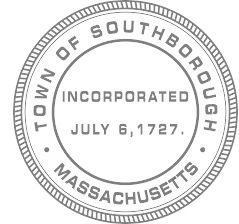What does it mean to buy renewable electricity / what are RECs?
Unless you have a renewable energy system, such as solar panels, plugged directly into your home or office, you cannot purchase the specific electricity that is generated by a renewable energy project. The electricity flowing through the grid is a comingled mix of electricity generated by renewable energy projects as well as electricity generated by burning fossil fuels.
As a result, a separate accounting system has been created to keep track of renewable energy and allow it to be bought and sold. That system uses renewable energy certificates, or RECs. Every time a renewable energy project generates 1 megawatt-hour of electricity, 1 REC is minted. That REC can then be sold. Purchasing a REC gives you, and no one else, the right to say you used the electricity from that renewable energy project.
Anyone who wishes to purchase renewable electricity must then purchase 2 things (these two costs are often bundled together, which is why renewable energy costs a bit more):
- the electricity itself from the grid
- RECs that equal the amount of electricity they wish to claim as renewable
You can buy as many RECs as you wish
- You can buy a small amount of RECs so you can say that a part of the electricity you use is from those renewable sources.
- You can buy enough RECs to exactly equal the amount of electricity you use, so you can say that all of the electricity you use is from those renewable sources.
- Or you can buy RECs that equal more than the amount of electricity you use if you want to build extra demand for renewable energy.
Buying RECs provides an important source of revenue for renewable energy developers. Voluntarily buying more RECs than are required by state law signals to developers that there’s a market for more renewable energy locally and provides a motivator to build more.
Participants in the both the Power Choice Greener and Power Choice Greenest options buy more MA Class I RECs (see below) than are required by state law.
What are MA Class I RECs?
MA Class I renewable energy certificates (RECs) are from renewable energy projects located in the New England region that began commercial operation after 1997, generate electricity using any of the following technologies, and meet all other program eligibility criteria:
- Solar photovoltaic
- Solar thermal electric
- Wind energy
- Small hydropower
- Landfill methane and anaerobic digester gas
- Marine or hydrokinetic energy
- Geothermal energy
- Eligible biomass fuel
Purchasing MA Class I RECs specifically helps to create demand for new renewable energy projects here on our New England grid. By purchasing more MA Class I RECs than is required by state law, you can help to drive the development of new renewable energy projects in our region.
All of the additional electricity from renewable sources that is purchased through Southborough Community Power Choice is from MA Class I-eligible renewable energy projects.


